Land Development Simplified
Land development is the process of transforming raw land into usable spaces. It involves several key stages:
Phase 1.
Planning and Feasibility
Market Research: Understanding demand and potential uses by learning & understanding Regulations while Complying with zoning laws and land use regulations. Environmental Impact: Assessing and ensuring sustainable practices and their impact on the environment.
Phase 2.
Design and Approval
Site Layout: Planning infrastructure like roads and utilities. Permits: Securing necessary approvals from local authorities to be able to build in compliance with the local municipality's guidelines
Phase 3.
Construction
Site Preparation: Clearing and grading land, learning by mapping close-by utilities, if any, and then installing all necessary utilities required for living comfortably at the property & adjusting plans based on Constructing residential, commercial, or industrial structures.
Phase 4.
Marketing and Sales
Advertising: Attracting buyers or tenants. Depending on the overall strategy. Sales/Leasing: Finalizing agreements with interested parties.
Phase 5.
Operation and Maintenance
Management: Maintaining the property and managing tenant relationships efficiently, and effectively based upon pre-determent models ahead of time. Compliance: Meeting ongoing regulatory requirements during ever-changing environments.
Challenges and Considerations
Developers face regulatory, financial, and construction challenges. Sustainable practices are increasingly important for balancing economic and environmental goals.
Land development transforms raw land into functional spaces, contributing to urban growth and economic development. Despite challenges, it offers significant benefits to communities and helps with ever growing housing shortage.


